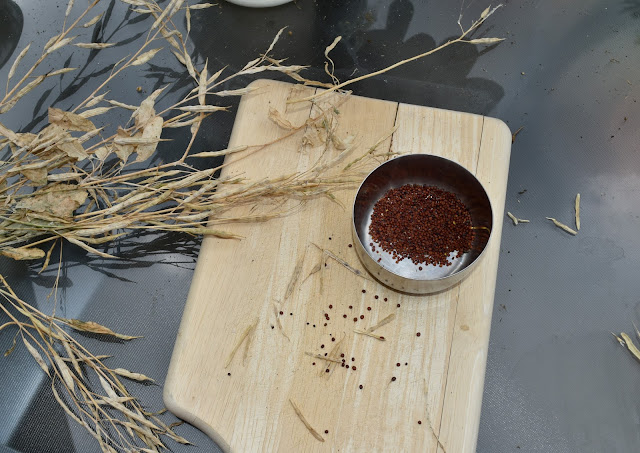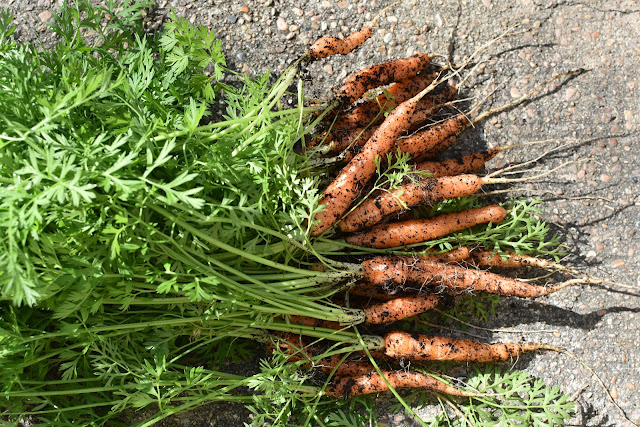While at work the other day, a senior gentleman who had to sign my invoice pulled out a pen from his pocket and said to me- "bet you haven't seen those in a while"! He had an old-fashioned fountain pen with a nib. It's been so long that I have even said the word 'nib'! It's one of those things that has simply vanished from our lives.
I walked down memory lane to think about that summer before the start of a new school year. I was going to be a sixth grader, graduating from pencils to a fountain pen! It was time to go shopping! Ballpoint pens were not so ubiquitous then, and it was widely believed that they did not help develop good handwriting skills.
Equipped with knowledge procured from older friends about good brands available in the market, we went to one of the two stationary stores we had in our little town. I don't even remember its name now. My first fountain pen was a locally made brand called Beena. I picked a color I liked, and checked the nib if it felt smooth. The rest of the paraphernalia included a bottle of Camlin ink, and a dropper. My mom was a stickler for cleanliness and recommended using a dropper to fill up the pen with ink, versus pouring ink into it causing messy fingers.
During the course of the year, I learnt about the trials and tribulations that go with owning a fountain pen.
-You had to make sure you had ink to last for the day. There were numerous instances when one ran out of ink. Then one had to go begging around for a few drops from friends. No one brought ink to school, at least not on a regular day. There were a few ink bottles on desks during the test/exam season.
-You couldn't hold the pen open with the cap off in your hands and wave the arm around to talk animatedly, which was something we did a lot! A rogue drop of ink would surely land on the white shirt of a friend who was sitting nearby, and it would lead to some awkward moments.
-Worse still was if the pen slipped out of the hand and landed on the ground nib down! That was the demise of the nib, and the pen! Changing nibs used to be an option, but my mother preferred buying a new pen rather than listen to the whining about how nothing was right with the pen anymore.
- My friend and me often exchanged pens to write during school hours. She had a unique turquoise blue pen with a fat nib. It was very smooth and I loved it! She was the first to introduce me to blue-black ink. I loved that color. I now had two bottles of ink at home, blue and black and I would mix the two to get the blue-black color. It was all so cool! The little things that meant so much back then!
After a couple of years, having heard some very good things about the imported brand of pens called Hero, I decided to move up the ladder. The task entailed convincing my mother to agree to spend a bigger amount on a pen. I sang praises of it- how smooth it was and how wonderfully it wrote! With these pens, there was no need for a dropper, it had a mechanism to draw ink from the bottle. They came in a sleek design too, dark colors- deep maroon, bottle green, navy blue, and black, with a gold cap. Over the course of years, I had one of each color! How silly it all rings now! Yes, a good pen made things easier, but it was just the means, not the end.
Hero pens (This is a picture from the internet)
My father got me a Parker pen when I was older, and it came with cartridges you could throw away after the ink was used up. Gone were the days when the environment received no trash from my pen!
I don't remember when I stopped using fountain pens and moved on to regular ballpoint pens. I think it was after getting my bachelor's degree. The fountain pen just faded out of my life, with no fanfare!
I suppose the next generation will watch period movies and wonder what it was like to use these quaint gadgets! Just like we do when we watch people using quills to pen letters on scrolls! The near future probably holds a scenario where people will be in awe of the generation that actually wrote things on paper! Our evolution continues!
I walked down memory lane to think about that summer before the start of a new school year. I was going to be a sixth grader, graduating from pencils to a fountain pen! It was time to go shopping! Ballpoint pens were not so ubiquitous then, and it was widely believed that they did not help develop good handwriting skills.
Equipped with knowledge procured from older friends about good brands available in the market, we went to one of the two stationary stores we had in our little town. I don't even remember its name now. My first fountain pen was a locally made brand called Beena. I picked a color I liked, and checked the nib if it felt smooth. The rest of the paraphernalia included a bottle of Camlin ink, and a dropper. My mom was a stickler for cleanliness and recommended using a dropper to fill up the pen with ink, versus pouring ink into it causing messy fingers.
During the course of the year, I learnt about the trials and tribulations that go with owning a fountain pen.
-You had to make sure you had ink to last for the day. There were numerous instances when one ran out of ink. Then one had to go begging around for a few drops from friends. No one brought ink to school, at least not on a regular day. There were a few ink bottles on desks during the test/exam season.
-You couldn't hold the pen open with the cap off in your hands and wave the arm around to talk animatedly, which was something we did a lot! A rogue drop of ink would surely land on the white shirt of a friend who was sitting nearby, and it would lead to some awkward moments.
-Worse still was if the pen slipped out of the hand and landed on the ground nib down! That was the demise of the nib, and the pen! Changing nibs used to be an option, but my mother preferred buying a new pen rather than listen to the whining about how nothing was right with the pen anymore.
- My friend and me often exchanged pens to write during school hours. She had a unique turquoise blue pen with a fat nib. It was very smooth and I loved it! She was the first to introduce me to blue-black ink. I loved that color. I now had two bottles of ink at home, blue and black and I would mix the two to get the blue-black color. It was all so cool! The little things that meant so much back then!
After a couple of years, having heard some very good things about the imported brand of pens called Hero, I decided to move up the ladder. The task entailed convincing my mother to agree to spend a bigger amount on a pen. I sang praises of it- how smooth it was and how wonderfully it wrote! With these pens, there was no need for a dropper, it had a mechanism to draw ink from the bottle. They came in a sleek design too, dark colors- deep maroon, bottle green, navy blue, and black, with a gold cap. Over the course of years, I had one of each color! How silly it all rings now! Yes, a good pen made things easier, but it was just the means, not the end.
Hero pens (This is a picture from the internet)
My father got me a Parker pen when I was older, and it came with cartridges you could throw away after the ink was used up. Gone were the days when the environment received no trash from my pen!
I don't remember when I stopped using fountain pens and moved on to regular ballpoint pens. I think it was after getting my bachelor's degree. The fountain pen just faded out of my life, with no fanfare!
I suppose the next generation will watch period movies and wonder what it was like to use these quaint gadgets! Just like we do when we watch people using quills to pen letters on scrolls! The near future probably holds a scenario where people will be in awe of the generation that actually wrote things on paper! Our evolution continues!


















































